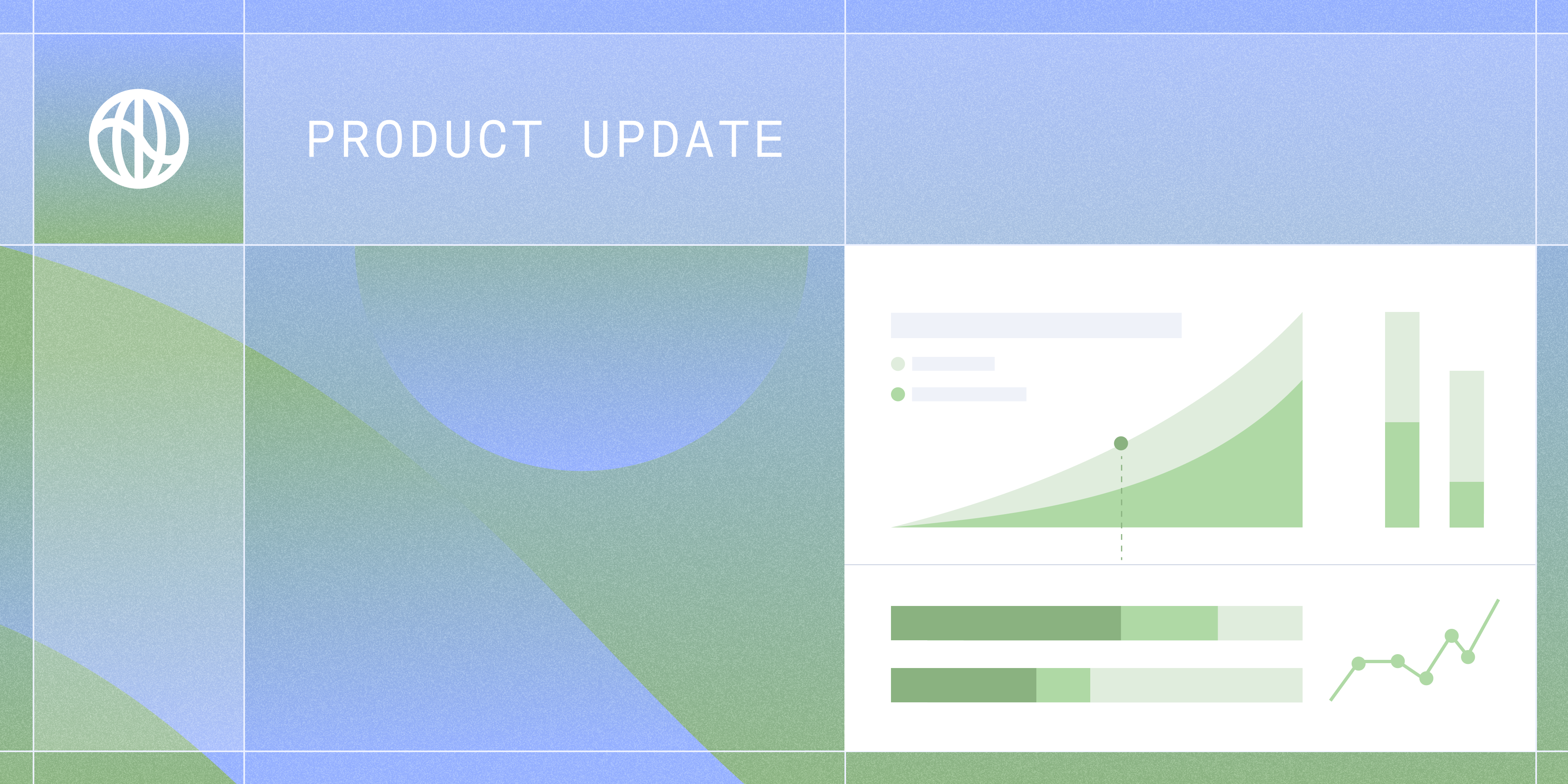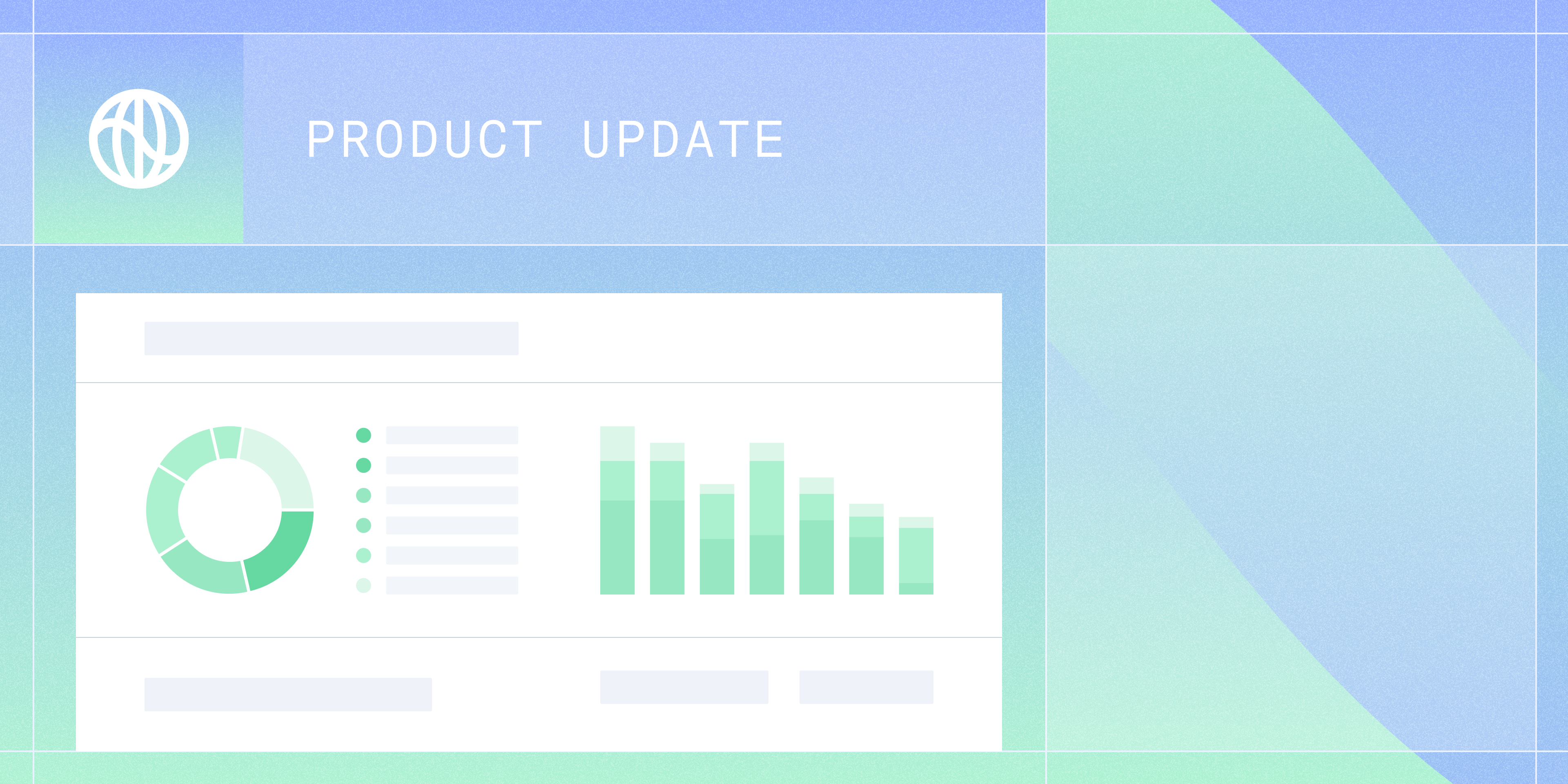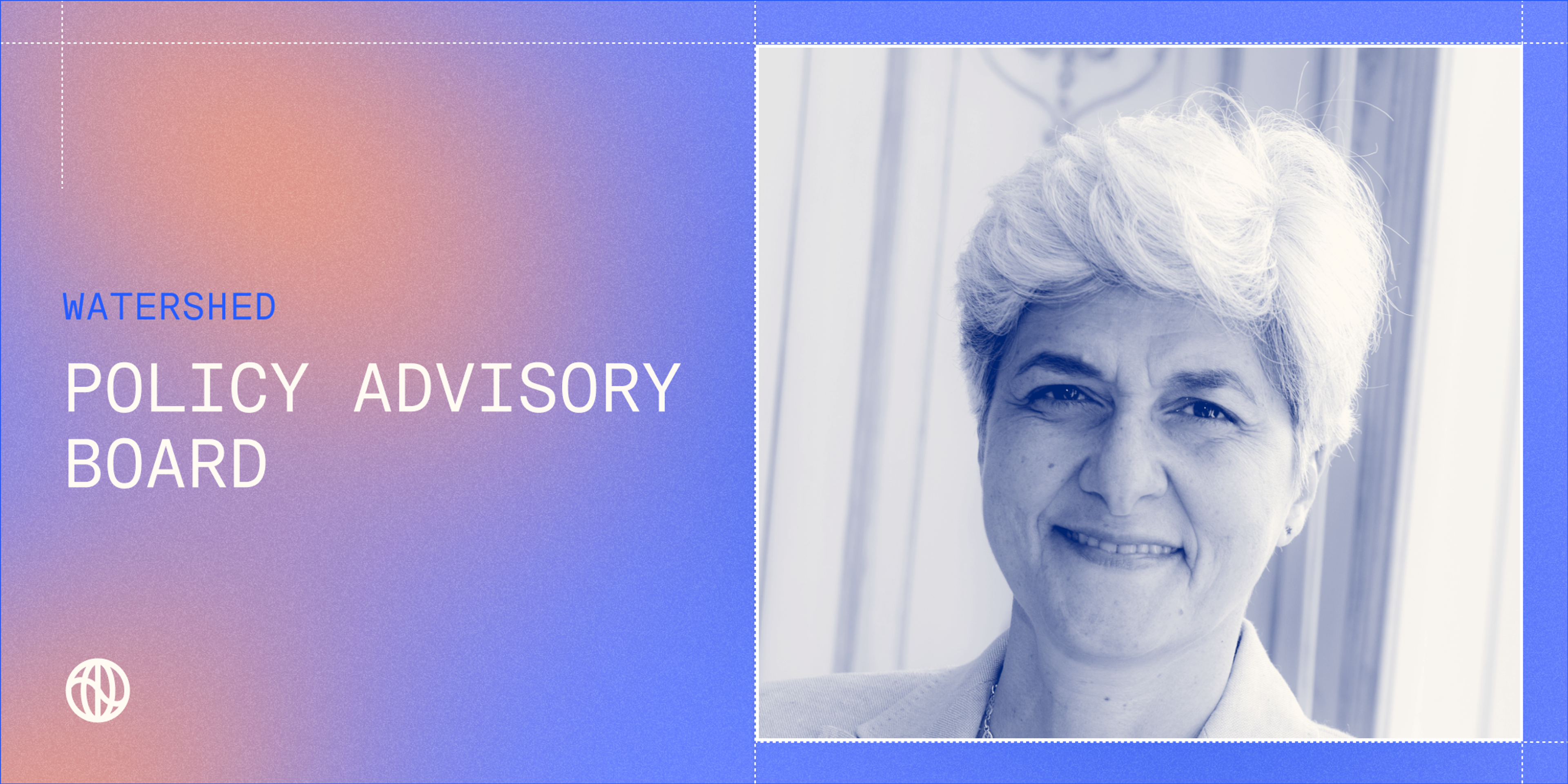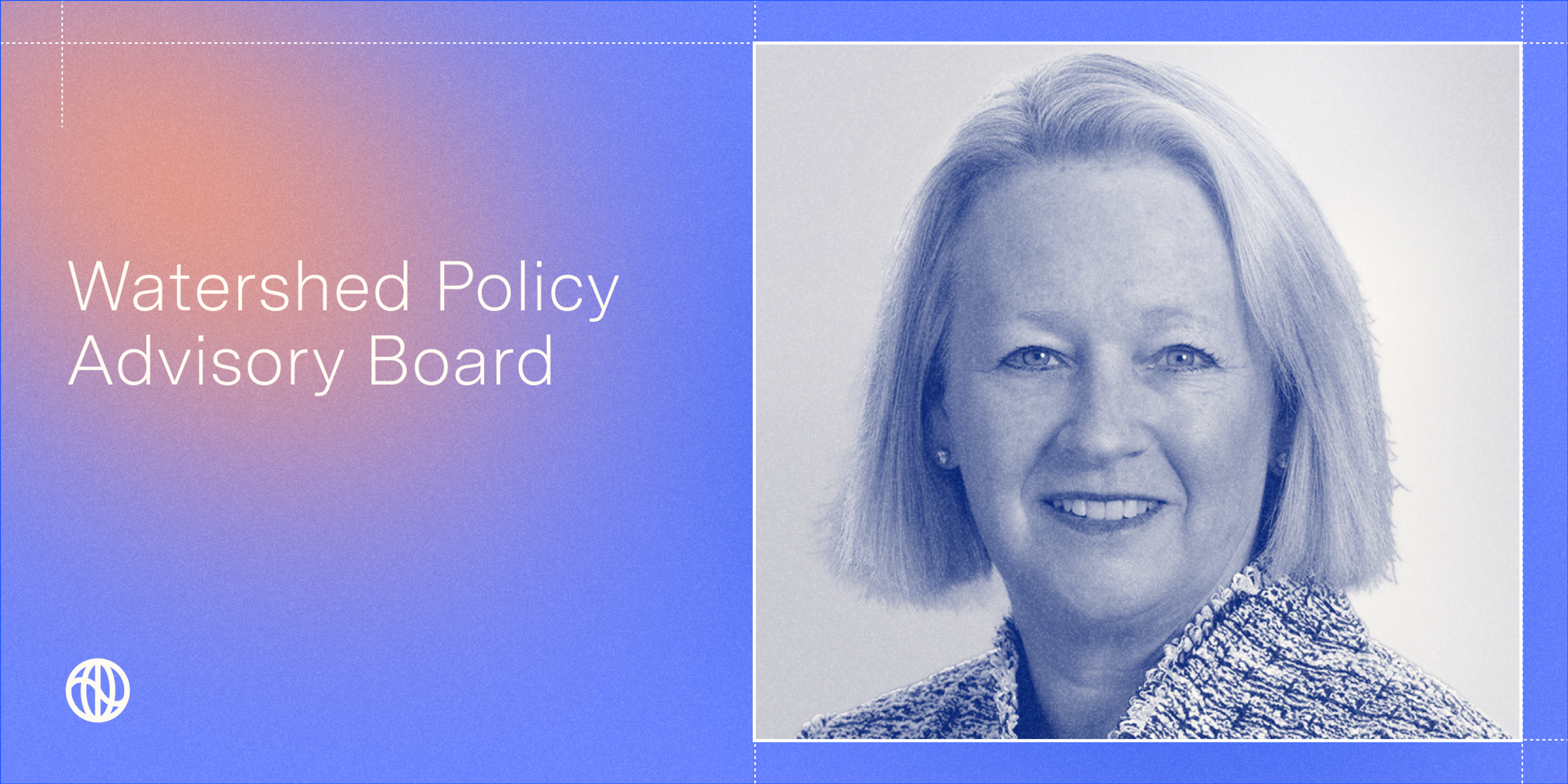In 2022, the European Union adopted the Corporate Sustainability Reporting Directive (CSRD) which would replace and build on the Non-Financial Reporting Directive (NFRD). Fast forward to 2025 and we’ll see the first wave of companies filing their CSRD reports based on 2024 data.
Watershed has published educational content and regularly hosts events for businesses around the world to help them understand the complex regulation and get CSRD ready. Here’s a list of the top ten questions (organized by theme) we’ve been asked by organizations that must comply with the CSRD.
Scoping and double materiality assessments
#1
For non-EU companies: how do I determine which “level” to report at?
Many non-EU companies that begin reporting in 2026 on FY2025 data have options for which “level” they report at for the first few years of CSRD reporting. For companies with many entities in scope, we’ve seen few opt to have those entities report separately, given preparing separate reports is both time- and cost-intensive (especially given you would need to pay for assurance on each report).
We’ve seen many companies take each of the other options:
- reporting under an artificial EU consolidation of entities in scope, or
- reporting at the group / global level.
Companies may lean towards an EU consolidation if data availability will be extremely challenging from non-EU entities, if many or all standards are material and you are looking for any options to scale down data collection, or there are risks that primarily sit outside of the EU that you need more time to prepare reporting and action on.
Companies may opt for a group reporting if data is already somewhat consolidated, if you are reporting on relatively few of the CSRD’s European Sustainability Reporting Standards (ESRS) standards (e.g., a tech company that only needs to report on E1, S1, S4, G1), or you are already reporting many of the data points at a group level (e.g., for CDP).
#2
What is a double materiality assessment?
A double materiality assessment is something all companies reporting under the CSRD must do to determine which topics within are “material” (i.e., relevant), and therefore need to be reported on. A topic is material if it poses a significant risk to a company’s business outcomes, or if the company poses a significant risk related to that topic on society or the environment. Companies are taking different approaches to the process itself; there is guidance from EFRAG, though it doesn’t specify one path or give a particularly concrete sense of what the process entails. Companies may do the assessment themselves, though many are turning to consultants to drive the process for them given the complexity and the stakes of getting the assessment right as the foundation that defines the work to come.
The process itself typically involves surveying stakeholders across your business – like customers, investors, employees, affected communities, value chain employees, but also potentially the media, scientific experts, government officials, or NGOs – on what ESG-related risks impact your business. These are typically weighted and scored to understand how they stack up against each other, and determined to be material if over a certain threshold.
Those material topics are then mapped to standards and metrics within the ESRS to determine which parts of the CSRD you ultimately report on.
#3
How long does the double materiality assessment take, and when should I start? Will I do it every year?
The assessments often take 2-6 months, depending on how large and complex your business is. Most companies reporting in the first wave of the CSRD have already completed their first assessments, and those in the second wave are planning to do them in early- or mid-2024. Luckily, the annual process is less time-intensive than the first year; updating the assessment is relatively straightforward, unless your business changed in a significant way (e.g., you opened operations in a new region or acquired a new company).
Data & metrics
#4
I have hundreds or thousands of material data points to report on. Where do I start?
Once you know which data points are material, you’ll need to do two things: (i) understand data gaps, and (ii) prioritize. To understand where your data gaps are, you will likely need to go through each data point to understand if, for quantitative metrics, you have the required underlying primary data (e.g., does your workforce data include information on gender, age, collective bargaining coverage, and work-related injuries?) or secondary data that could be used to estimate metrics (e.g., flight miles for business travel emissions). On qualitative data points, you will need to understand if you already have what is being asked (e.g., a policy on substances of concern).
Next, once you have an understanding of how large your data gaps are, you will want to prioritize your approach. For example, in your first year of reporting, you may not have the time to pull together a policy for every single topic you report on. Instead, you might indicate that it will be a future priority, but for now, you are focused on other topics.
#5
What data do I need from my value chain for the CSRD?
Many companies are overestimating how much data (and how many types of data) are needed from their value chains for CSRD reporting. On the social and governance standards, the required metrics are only for your own operations. You do not, for example, need to collect wage data from value chain workers. For the environmental standards, most also only cover your own operations (e.g., water and pollution metrics do not include your value chain). The biggest exception is the Scope 3 greenhouse gas emissions data point.
#6
What if I don’t have the relevant data for a specific metric?
This depends. For some data points, an estimation may not be appropriate. For example, gender pay gap should likely be based on real wage and gender data of your workforce.For other data points, especially in the Environmental standards, there is more explicit flexibility outlined in the ESRS where estimations are appropriate. In those cases, you can use proxies from data you already have to build an estimation for metrics like pollution or greenhouse gas emissions.
Pulling together the report
#7
Are transition plans mandatory in the CSRD? And how do science-based targets (SBTs) fit in with transition plans?
In the CSRD, companies are asked to disclose a transition plan in line with limiting warming to 1.5 °C. In theory, companies can state the fact that they do not have a transition plan, and an explanation of why or when a plan may be ready, however, doing so may not send a helpful signal to customers, investors, your value chain, employees, or other stakeholders. A 1.5 °C transition plan is similar to what you would build to get science-based targets validated via the Science Based Targets Initiative (SBTi), but if you have no reason to get targets validated, there's no specific requirement to share your CSRD transition plan with SBTi. That being said, if you're preparing one anyways, it's not an immense lift to validate via SBTi, and there might be advantages to doing so, like satisfying demand from your customers or supply chain.
Assurance
#8
When is the right time to involve auditors or assurance providers?
Many companies, especially those with complex data and many material data points, have looped in auditors as soon as they finished their double materiality assessments to validate their conclusions and process. Similarly, as you begin to set up processes for measuring metrics, you can get auditors to similarly begin validating your process, controls, and methodologies; in doing so, you can speed up the eventual assurance process by aligning on the “right” approach early.
#9
What information do auditors need to see tracked to provide assurance?
Auditors will need similar information as they currently need to audit financial reports. For every metric reported, auditors will need to be able to see the full flow from where the data came in, who had access or control over the data, how it was transformed, and any assumptions made in filling gaps or estimations.
Published reports
#10
How will the public, investors, or other stakeholders use data shared on CSRD reports once public?
CSRD reports will become the largest source of ESG data. To put it in context, 23,000 companies report on CDP which contains ~100 data points. In contrast, almost 50,000 companies will report on the CSRD which contains ~1,100 data points. CSRD data will be used by different stakeholders in myriad ways, many of which could be unexpected. SEC 10-K reports, for instance, get used to power all kinds of journalism, comparisons between companies, and ratings from ratings agencies. The UK recently launched a webpage where you can compare companies' gender pay gaps; that's the type of thing that becomes possible when all of the CSRD data points are public. Time will tell how else CSRD data will get used, or how companies will be compared. In general, companies with strong ESG profiles have benefited from easier access to capital, improved brand reputation and greater control over business risks.
Learn more about Watershed for CSRD



















